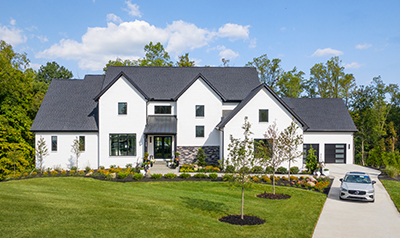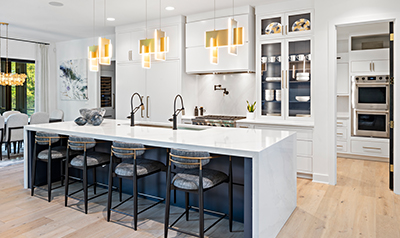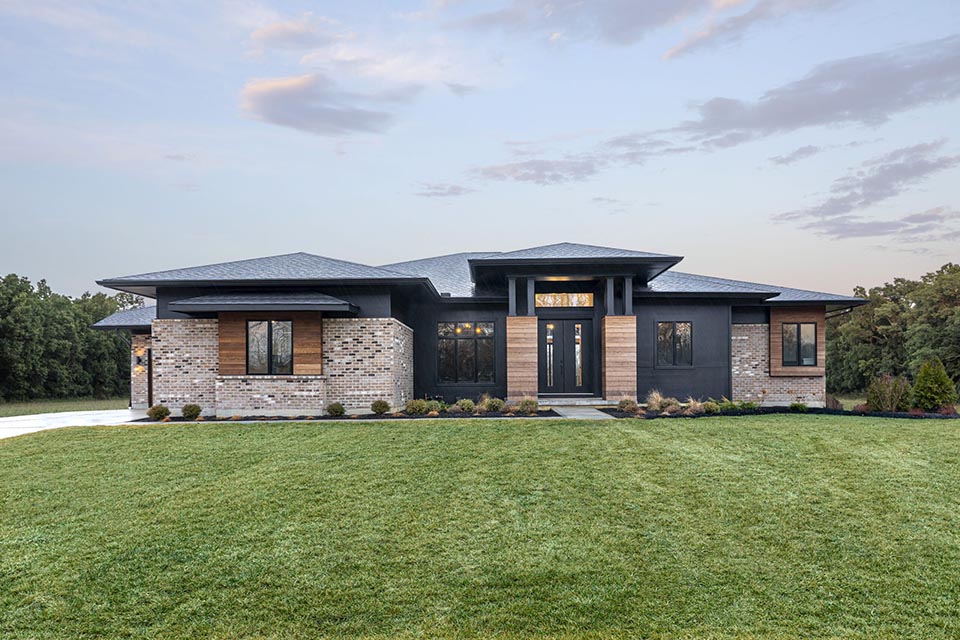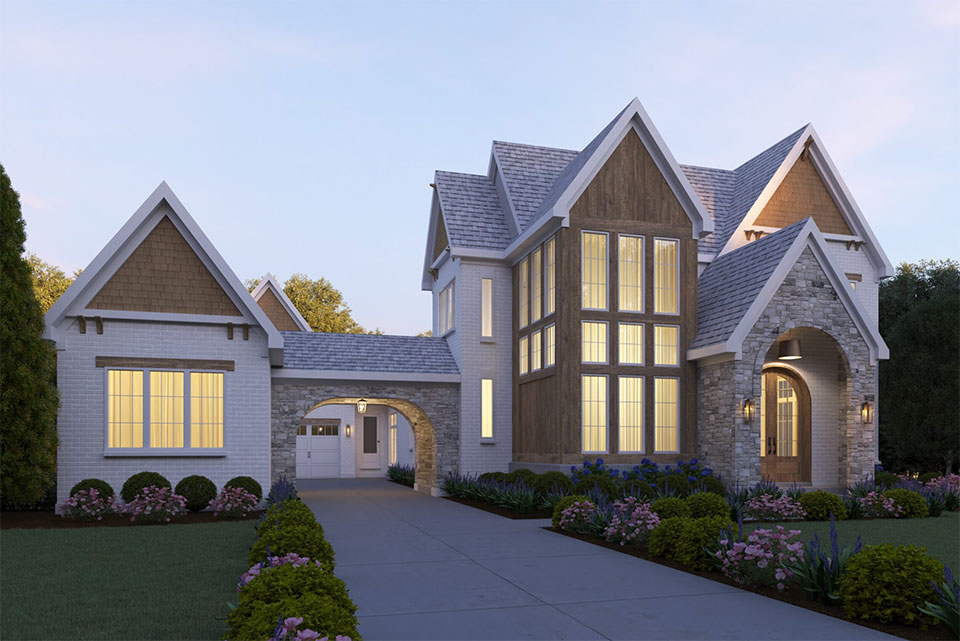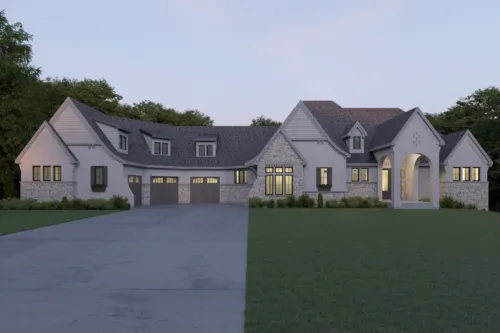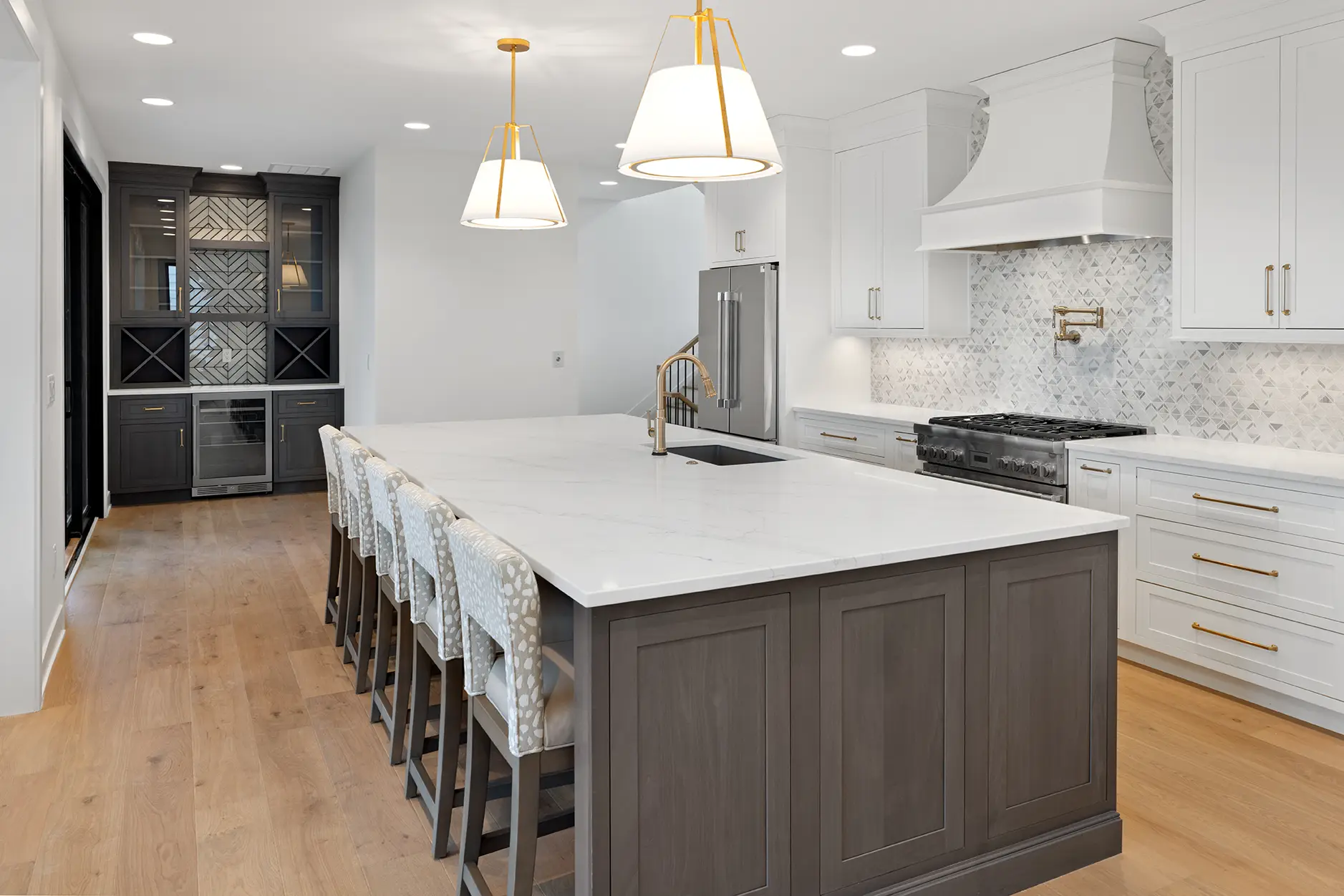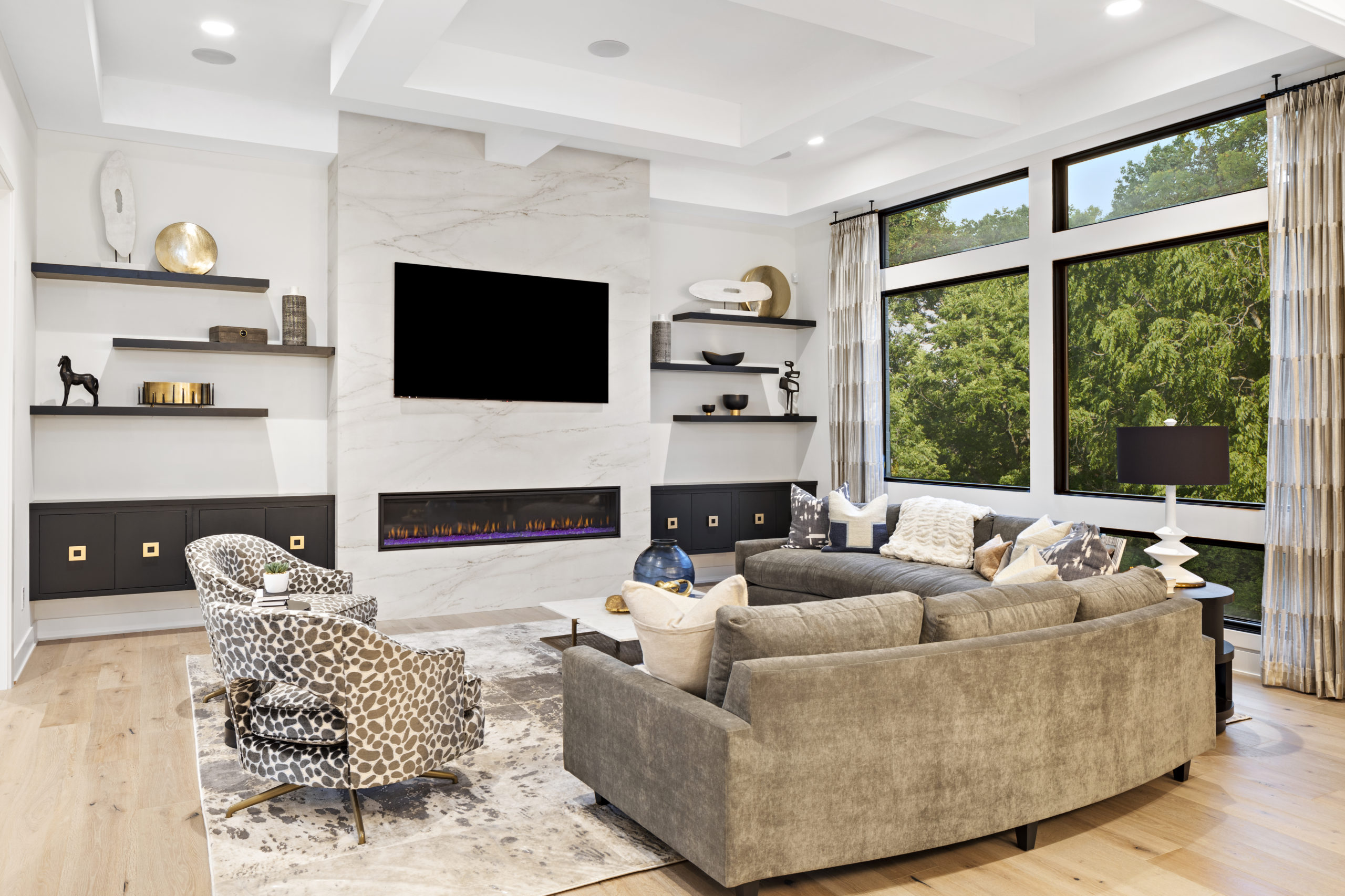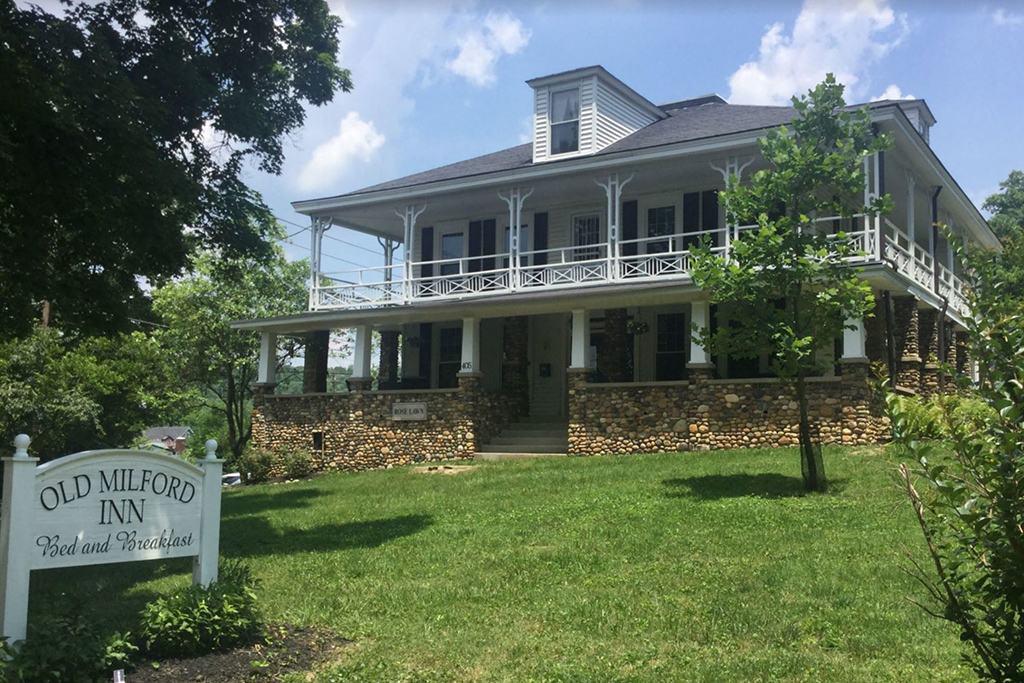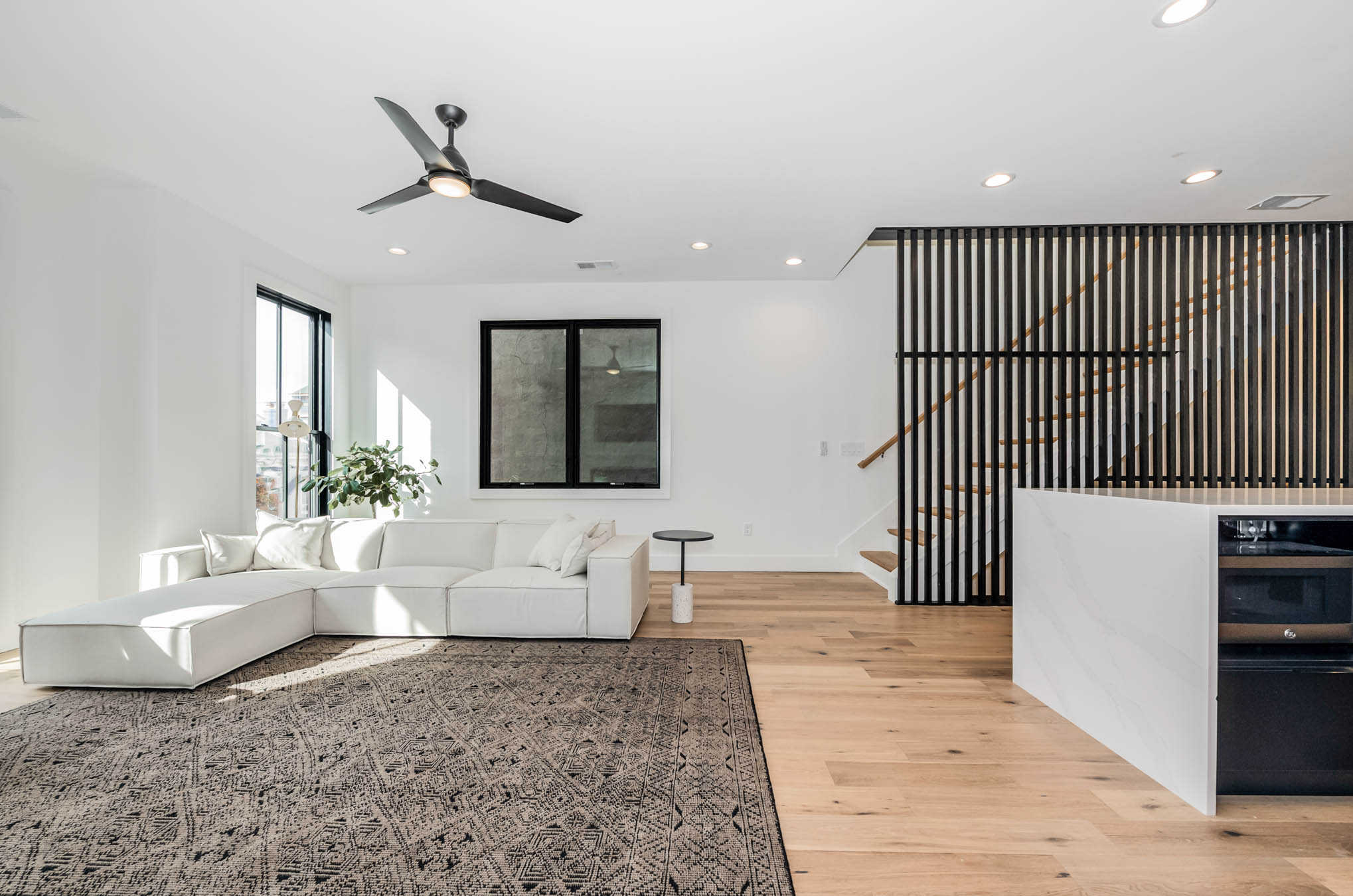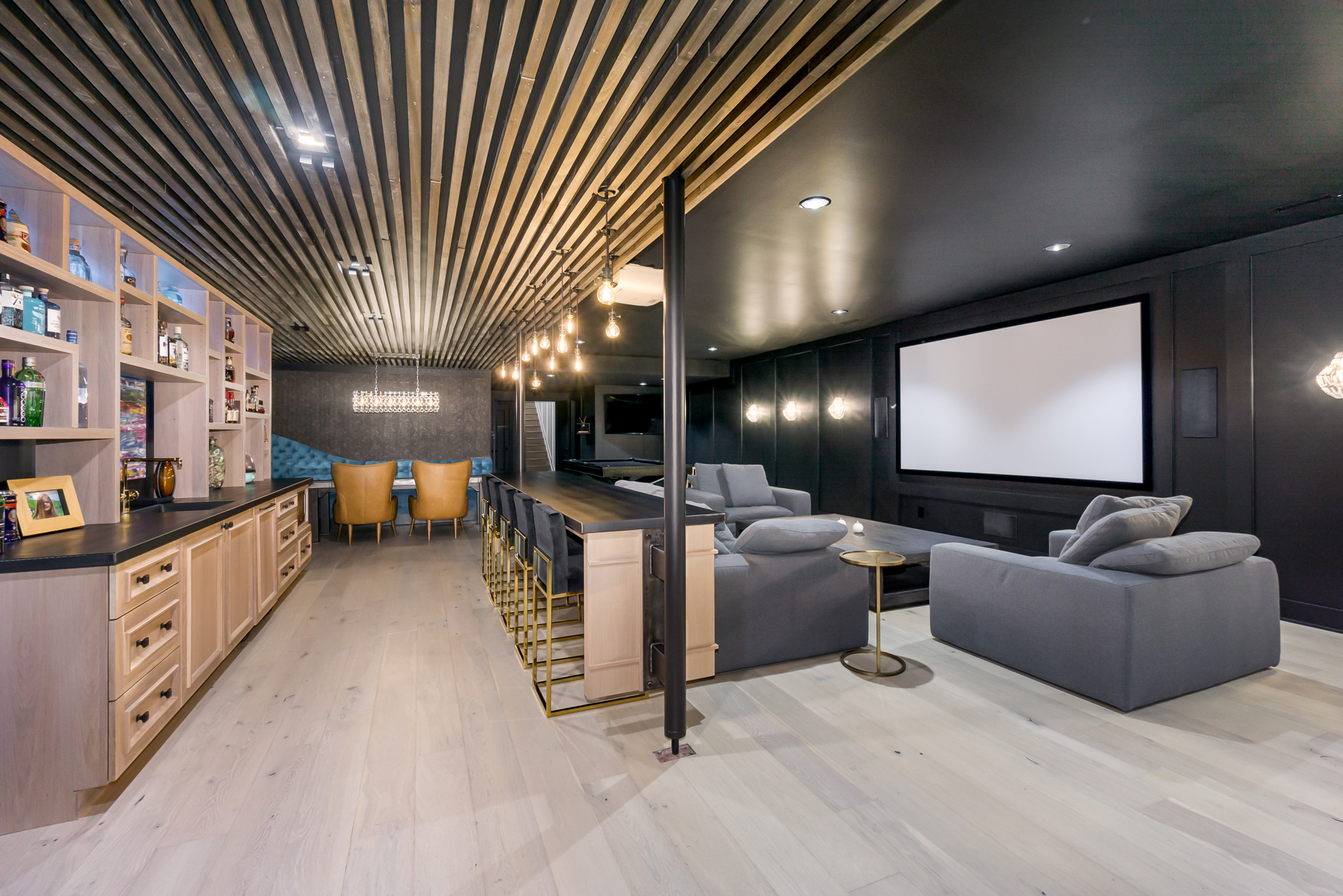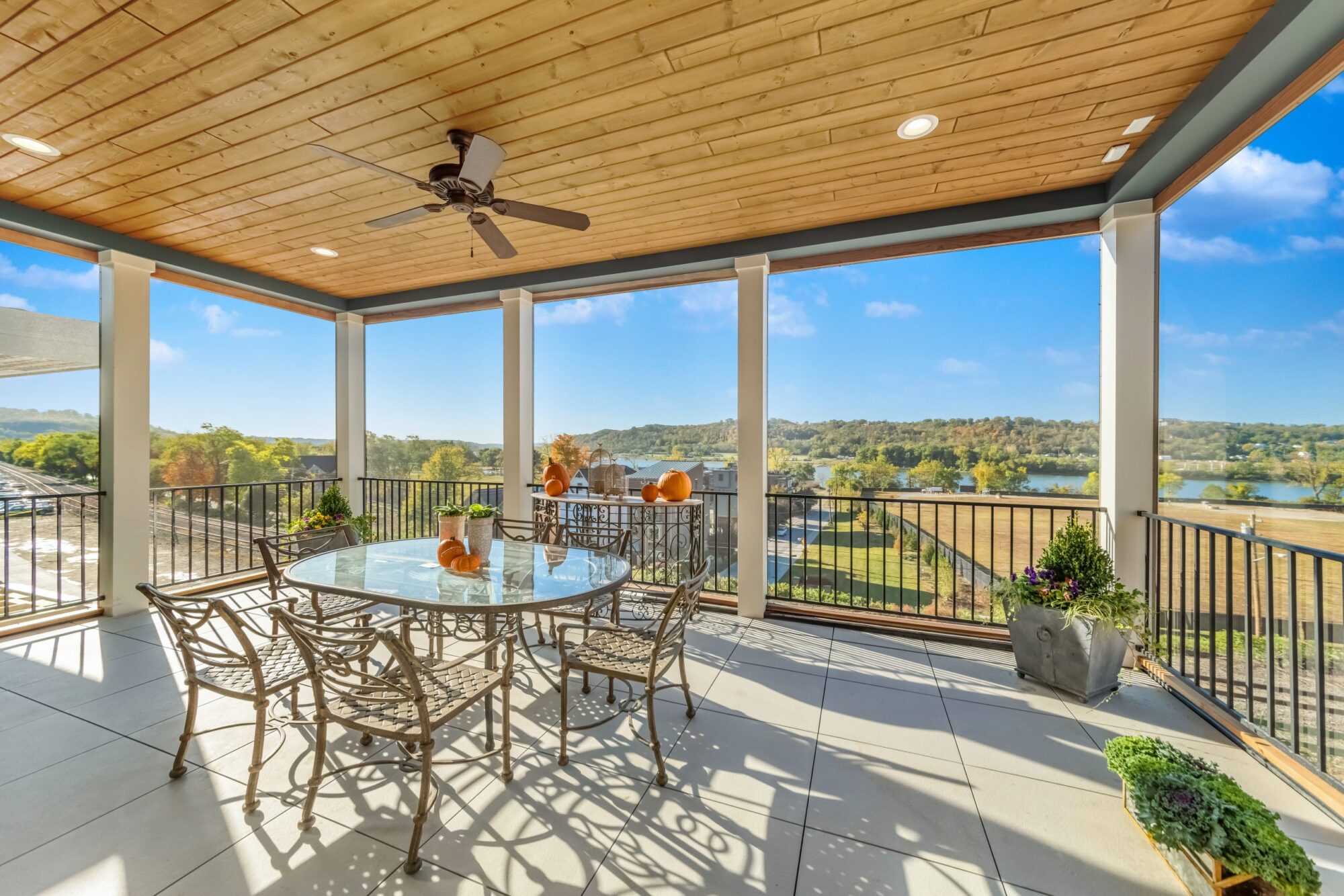
What is Tax Abatement?
Tax abatement programs are prevalent in many areas, including Cincinnati, OH. Ultimately, these programs provide financial incentives via property tax exemptions that save homeowners money. Specifically, in Cincinnati, this incentive is tied to the level of LEED certification for new and remodeled homes. As a result, homeowners only pay taxes on the pre-improved value of a remodel, or a capped amount for a new home. Depending on the LEED certification level, the abatement period can last from 10-15 years.
Essentially, the goal is to benefit the city and its residents with this abatement program. Furthermore, this goal can be achieved by incentivizing individuals to build high-quality, sustainable homes in Cincinnati. Specifically in Cincinnati, the residential population was steadily decreasing after civil unrest in the early 2000s. Since then, the city has had to make significant efforts to improve the quality of living and incentives for residents. Additionally, the construction of these homes provides the city with direct and indirect benefits from this investment, including:
- The increased future tax base
- Positive impact on the local economy & sales tax base
- An increase in land values
Tax Abatement Changes on LEED Certified Homes
Ultimately, longer tax abatement periods and higher deductions may be achieved for properties that meet Leadership in Energy and Environmental Design (LEED) standards. Since LEED homes benefit both homebuyers and the environment, Redknot has focused on creating homes with these guidelines in mind. LEED homes are healthier for residents to live in and are healthier for the environment as well. As a result, cities are rewarding residents who want to build new or remodel old homes in the city limits with LEED qualities. Take a look at the charts below to better understand how LEED certifications can affect Cincinnati tax abatements. For example, a LEED Silver-certified home can receive an abatement of up to $400,000 for 15 years. Additionally, see the current amounts and durations comparisons for LEED Certified, new construction homes below.
“New Construction” Chart Post January 1st, 2022
| LEED Level Qualification | Cap | Term (Years) |
| Non LEED Certified | $200,000 | 10 |
| LEED Certified | $200,000 | 12 |
| LEED Silver | $400,000 | 15 |
| LEED Gold LBC Net Zero | $500,000 | 15 |
| LEED Platinum / LBC Full Cert | $650,000 | 15 |
| Bonus Criteria (Can be added to any tier) | Additional Cap Increase | |
| Visitability | $100,000 | |
Summary of All Tax Abatement Amendments
- Elimination of the Uncapped (No Maximum) Incentive – the Platinum certification is now capped
- Decreases in almost all New Construction categories except for Visitable projects
- Increases in almost all Remodel categories except for the uncapped top tier
- Simplification of Incentive by eliminating unnecessary and ineffective tiers
- First time in the CRA’s history that Remodel/Restoration is given a greater incentive than New Construction to help curb the teardown concern in some neighborhoods
- Creates appropriate gaps between tiers to match homeowner’s decision criteria used to determine how much additional investment they will make in their home
- Adds Visitability & Historic Building Bonuses that focus investment on additional City Priorities without cannibalizing the currently incentivized priority of efficient and healthy housing for all
- 4 Unit buildings are now eligible in the Residential Program with Condos, 1, 2 & 3 unit buildings
- Helps close the inequity “loophole” that allowed and even incentivized homes in the most underserved communities to be constructed in a manner that passed higher energy, water, and maintenance costs on to those homeowners. This, while motivating the healthiest and most cost-efficient homes to be built in the most “market-ready” neighborhoods
For more information on the City of Cincinnati tax abatement program (aka Community Reinvestment Area), please visit Choose Cincy.
Tax Abatement Calculator
Use our tax abatement calculator to find out what you could save in property taxes by building a LEED-certified home in the city of Cincinnati. Specifically, this calculator assumes a 2.58% tax rate, a 4% interest rate, and a 30-year loan. Tax rates vary slightly depending on location, and this calculator is for illustration purposes only. Ultimately, you can adjust the land value and structure cost to equal your total project spend. Finally, adjust the LEED Tax Abatement to the level you wish to certify at Silver, Gold, or Platinum. This calculator assumes current rates and abatement levels.
Benefits of Residential Tax Abatement
Save Money
Firstly, the money saved via property tax reductions is significant, making it the biggest benefit for homeowners. This is done by lowering development costs for homeownership. As a result, clients save significantly on their homes. Alternatively, some clients choose to add more square footage and/or higher-end finishes to their homes because of the tax savings. Additionally, new homeowners are able to afford nicer homes in desirable neighborhoods with abatement savings. Specifically, at Redknot Homes, we can help to maximize this incentive with our building processes.
Improves Resale Value
Secondly, the current tax abatement can increase the resale value since the abatement transfers with the sale of your home. Specifically, potential homebuyers will be enticed by the savings in taxes and the savings of a potentially LEED-certified home. The more money a home buyer can save on property taxes, the more money they have to spend on a home. As a result, this means more people are likely to be able to afford your home and a nicer home.
Increases your Return on Investment
Thirdly, abatement eligible neighborhoods consistently experience tremendous growth at much larger and quicker rates. For these reasons, the property becomes more valuable in the process. When nice homes start going up in a neighborhood, nice restaurants, shopping, and entertainment businesses are quick to follow. As a result, neighborhoods can change quickly and new homes become extremely valuable real estate.
Energy Cost Savings
Fourthly, LEED-certified means “Leadership in Energy & Environmental Design,” which benefits the homeowner in utility savings. These homes are certified by the US Green Building Council and can increase abatement value caps. Specifically, these homes are energy efficient with efficient appliances, design features, and architectural advantages. LEED-certified homes 20-30% less energy, on average than non-green homes. Some LEED homes even use up to 60% less energy than non-green homes. Additionally, these homes are healthier to live in! You can learn more about LEED Certification here.
Community Revitalization
Last but not least, attracting and retaining city residents stimulates community revitalization. Ultimately, there is a ripple effect of benefits for the homeowner and the city. To clarify, below are just a few benefits of revitalized communities:
- Beautification – The place where you call ‘home’ is better cared for and has an improved appearance.
- Increased Economic Growth – A city where people reside in a city of booming local businesses that they depend on.
Expert City Home Builders at Redknot Homes
Redknot Homes is an expert at following these very detailed processes to ensure the LEED-certified requirements are met to capture this incentive! In fact, we have never missed a LEED certification target. As a result, every new homeowner has enjoyed the full tax abatement that they desired.
We are experts at crafting the strongest LEED-certified building processes for your home. Additionally, we have a large selection of lot options to consider that are in tax-abatement-eligible neighborhoods. Essentially, city building is our niche; we know the ropes and handle all of the complex details below of building an eco-friendly, tax-abated home! For example, we take care of the procedures and more that are directly related to LEED and Abated home construction:
- LEED certification “ Silver, Gold, Platinum
- Abatement process with the city
- Mandatory inspections to qualify
- Filling out all of the tax abatement paperwork with the city
Specifically, you can focus on building the unique custom home of your dreams in our beautiful city. Ultimately, our goal is to take all the paperwork and stress away from the client during the home building process. In the meantime, you will have to decide how to invest all your money saved on property taxes! Finally, if you are looking for a new home with potential tax abatement benefits, contact us today to start your search.
LEED Certification
LEED is an abbreviation for Leadership in Energy and Environmental Design. The US Green Building Council (USGBC) established this certification process to certify “green” homes. Specifically, LEED homes have clean indoor air and use safe building materials to ensure a comfortable environment. In addition, LEED-certified homes in Cincinnati benefit from significant tax breaks. Furthermore, you can learn more about LEED certification homes on our website here or the USGBC website here.
About Redknot Homes
In summary, we are a custom and semi-custom home builder and real estate developer in Greater Cincinnati, Ohio. Specifically, we specialize in luxury homes and LEED-certified homes. We have built dozens of new custom homes in the city of Cincinnati and Northern Kentucky. Ultimately, most of our custom homes are built and designed for a client. However, we do have some market homes and model homes that are ready to be built or are move-in ready. To conclude, you can view our “Quick Move-In” homes here or learn more about our home-building process here.


